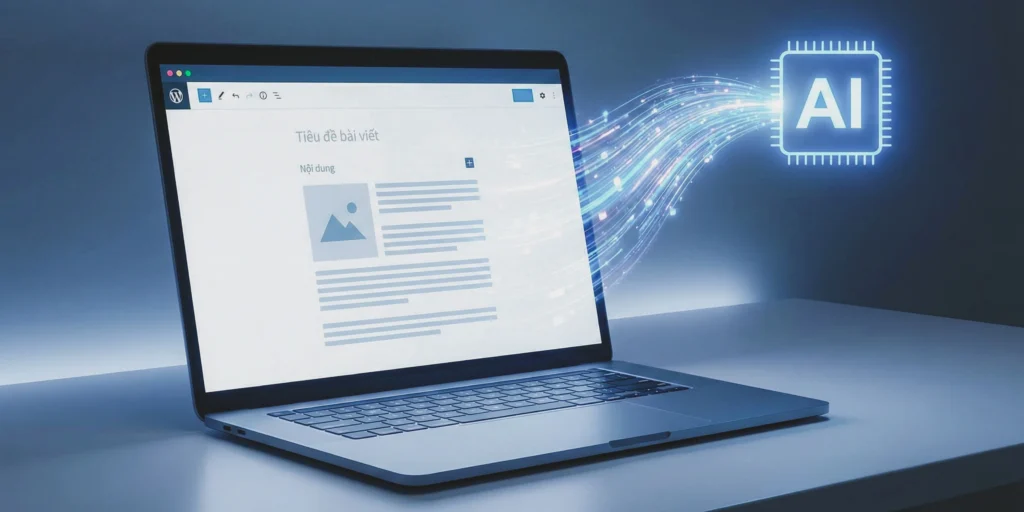
Applications of AI in the Clothing Industry
Applications of AI in the Clothing Industry for Smarter Design and Better Fit Rijiz.co The last time you bought a piece of clothing and thought,
Have you ever wondered how fashion designers turn their sketches into real-life clothing? The answer lies in fashion flats! In this blog post, we’ll explore what fashion flat are, their purpose, and why they matter in the fashion design industry. Plus, we’ll provide a step-by-step, in-depth guide on how to draw flats fashion design, so you can start creating your own designs today!
Fashion flats are technical drawings that showcase the design, construction, and details of a garment. They’re like blueprints for clothing that show the front and back views, along with information on stitching, buttons, and zippers. Think of it as a cheat sheet that helps designers communicate their ideas accurately to pattern makers and manufacturers.
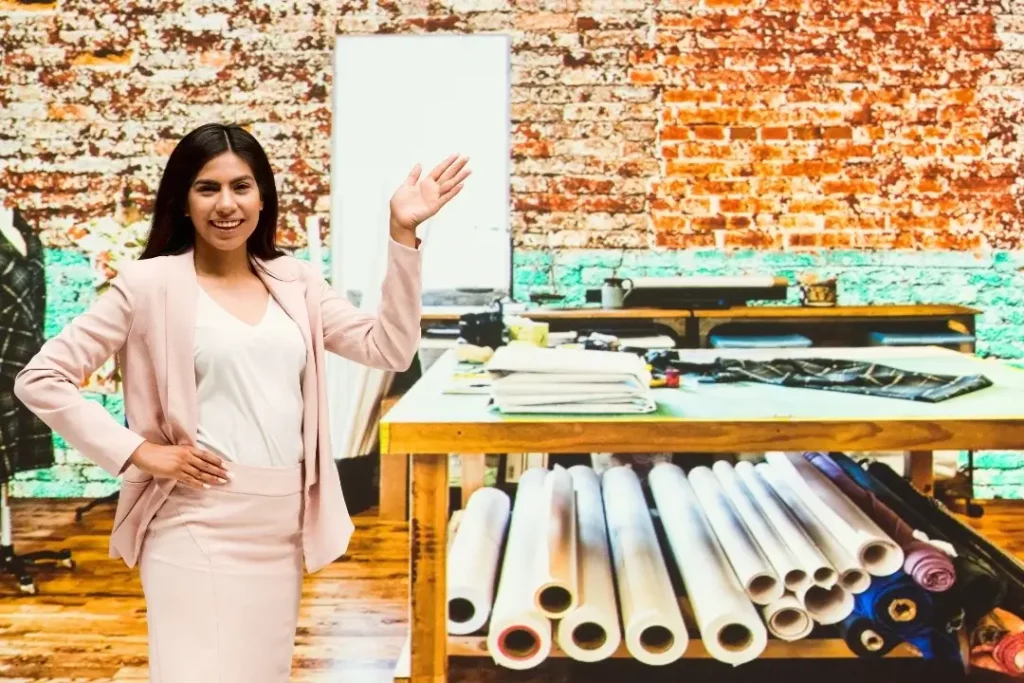
Fashion flats play a crucial role in streamlining the design process by providing a clear representation of the Garment’s design and construction. They ensure that the finished product is an accurate representation of the designer’s vision, and minimize errors, saving time and money in the production process.
To start sketching fashion flat, you’ll need a few basic materials and tools:
Sketchbook or paper: Choose high-quality paper that can handle various media, such as pencils, pens, and markers.
Pencils: Use graphite pencils to create different line weights and shading effects.
Erasers: Keep a few erasers handy for correcting mistakes and refining your sketches.
Rulers: Use rulers to create straight lines and accurate proportions.
Markers: Use markers to add color and texture to your sketches.
Tracing paper: Use tracing paper to refine your designs and experiment with different details.
With practice, patience, and the right skills, knowledge, and materials, you can create breathtaking fashion flat sketches that accurately represent your design ideas. So why not grab your favorite materials and start sketching today?
Before you learn about how to make fashion flats and start sketching flats, there are some basics that you need to know. Here are some useful things that you need to keep in mind:
There are different types of fashion technical flats, each with its unique purpose. Here are some of the most common and well-known types of fashion technical flats:
These are detailed flats that provide information on garment construction, such as pattern placement, seam allowances, and pocket placement.
These are more stylized versions of technical flats that showcase design elements like print or texture.
These flats contain all the specifications of the Garment, including fabric type, color, buttons, and trims used.
The scale and proportion of your technical blueprints are important considerations when sketching. Here are some tips for determining the appropriate scale and proportion:
Sketching fashion apparel flats isn’t just a technical skill; it’s an art form that involves turning your creative ideas into stunning two-dimensional representations of three-dimensional garments. Let’s take an in-depth look at how to draw fashion flats by hand.
Before you start sketching, immerse yourself in the Garment you want to draw. Close your eyes and visualize its shape, style, and unique features. Think about what makes it stand out from other garments.
Once you have a clear image of the Garment in your mind, it's time to put pencil to paper. Start by creating a basic outline of the Garment's shape. Allow your hand to move freely, trusting your instincts to guide you.
Now comes the fun part - adding details that make your design come alive! From buttons to pockets to seams, these elements add depth and texture to your design. Be mindful of the proportions and placement, and use short, light strokes to gradually build up the details.
The final step is to add shading and texture, which will give your sketch depth and dimension. Experiment with different shading techniques, such as cross-hatching, stippling, or blending, until you achieve the effect you're looking for.
Sketching flats can be a challenging task, especially when you’re starting out. While it is important to develop your own unique style of flat sketching, there are some common mistakes that aspiring fashion designers should be aware of and avoid.
Ensure that you use correct measurements while sketching flats since inaccurate measurements can lead to problems during the production process.
Details like closures, zippers, and buttons are crucial in fashion flats. They help pattern makers and manufacturers understand the design and make the necessary alterations.
Uneven and shaky lines can make the sketch appear cluttered and unprofessional. Use a ruler, protractor, and other tools to create clean and crisp lines.
Design elements such as pockets and sleeves need to be positioned accurately. They must be proportional to the rest of the Garment and placed in the right spot to ensure that the design is functional.
Sketch the Garment from both front and back views since this helps the production team to achieve a better understanding of the Garment.
Accuracy and precision are key when it comes to fashion flat sketches. Here are some tips to help you ensure that your sketches are accurate and precise:
As the saying goes, “Fashion is art, and you are the canvas.” Fashion flats are the blueprint for bringing that art to life. The ability to create accurate and visually stunning flats is a critical skill for any aspiring fashion designer. This article has provided a comprehensive guide outlining everything you need to know about T+ and how to draw them with ease, including tips on proportion, line weight, and shading.
Drawing flats requires a combination of patience, practice, and creativity. It’s not just about replicating what you see but rather developing your unique style and voice. By mastering all the techniques outlined in this article and experimenting with different styles and textures, you can produce flats that showcase your vision and creativity.
Remember, even the most experienced designers had to start somewhere. Don’t be afraid to make mistakes, as they are an essential part of the learning process. The key is to stay persistent and patient and always strive for improvement.
A fashion sketch is a rough drawing of a garment, while a fashion flat is a precise, two-dimensional drawing that shows all design details and construction information.
Yes, there are many software programs available that can be used to create fashion clothing flats. Some popular options include Adobe Illustrator, CorelDRAW, and CLO.
While having drawing skills can certainly help, it’s not necessary to be a professional artist to create fashion clothing flats. With some practice and patience, anyone can learn to create accurate and visually appealing flats.
One way to ensure precision is by comparing your flat with similar styles or reference images and checking for important design details such as seam lines, darts, pockets, and other construction information.
Fashion apparel flats serve as a blueprint for garment construction, and it’s integral to incorporate all necessary design details. These factors may include seam lines, pocket placement, fabric and trim information, measurements, and callouts for any unique features or construction techniques.

Applications of AI in the Clothing Industry for Smarter Design and Better Fit Rijiz.co The last time you bought a piece of clothing and thought,
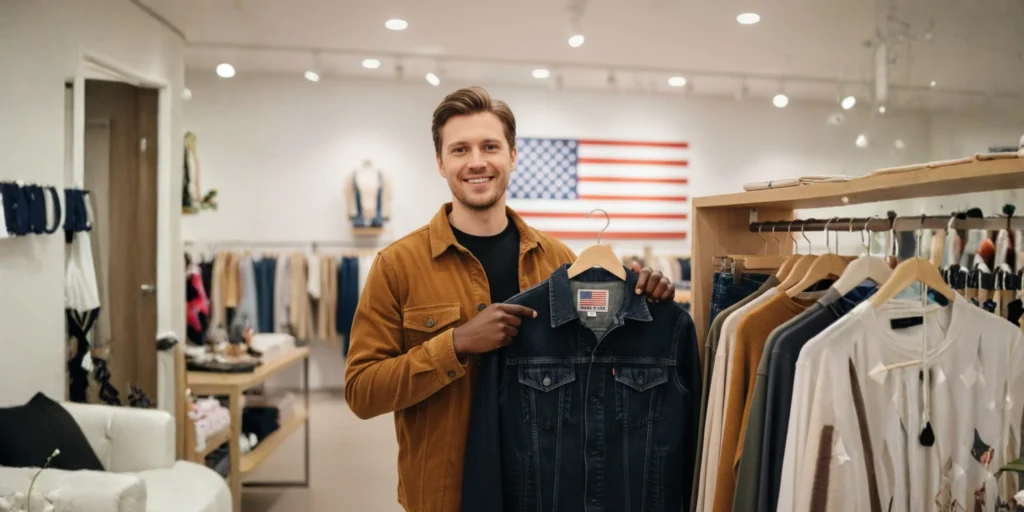
Things to Consider before Buying American-Made Clothing for Quality, Ethics, and Long-Term Value Rijiz.co Have you ever been curious as to why two almost identical

How Clothes Choices Reflect Your Personality to Build Confidence and a Strong Impression Rijiz.co Have you ever pondered why you seem to get more confidence
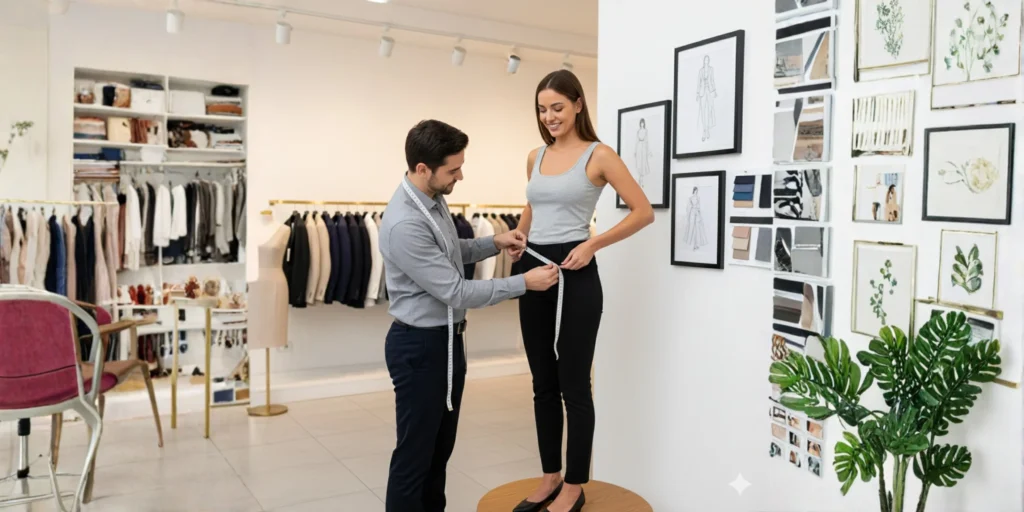
What Are Body Measurements and Why Are They the Key to a Perfect Fit Rijiz.co Ever bought a shirt that fit fine on your chest
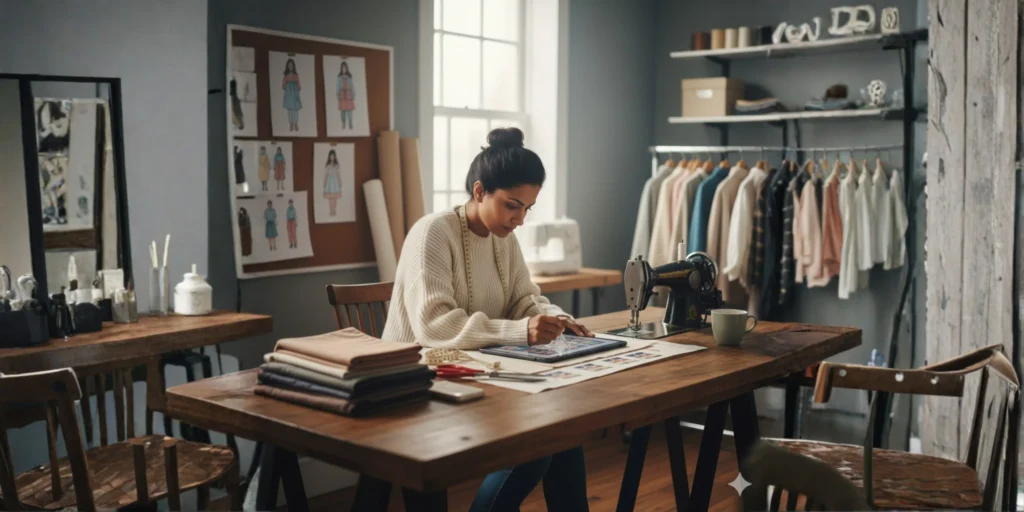
Top 10 Apps to Make Clothing Designs Before Custom Manufacturing Stop Losing Time and Money on Bad Samples, Design It Right From the Start Rijiz.co
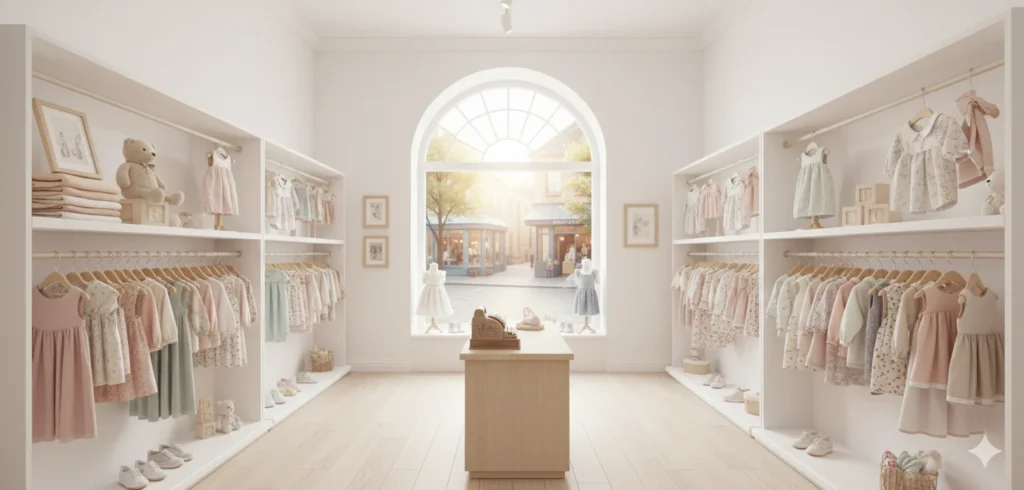
How to Start a Children’s Boutique? Your Step-by-Step Guide by Rijiz Rijiz.co So, you want to open a children’s boutique, but every time you try
WhatsApp us